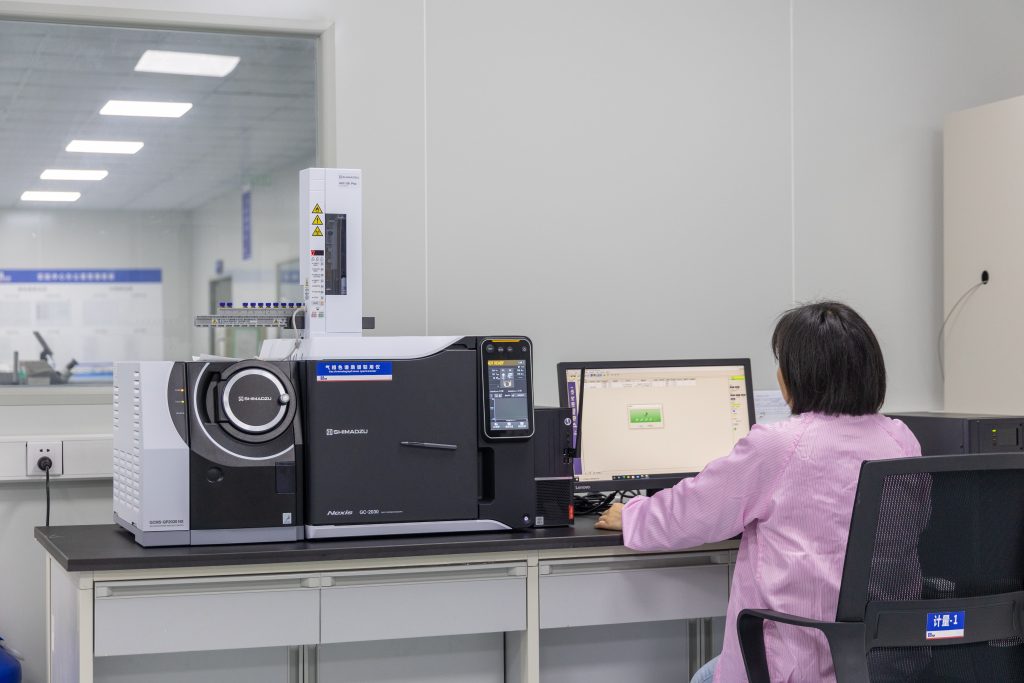Relay field testing is an essential process in the maintenance and commissioning of protection systems in electrical power networks. These systems, including protective relays, are designed to detect faults in the system and take necessary actions to prevent damage to equipment, such as circuit breakers tripping or isolating faulty components. By performing field tests, operators can verify that the protection systems are functioning as intended, thereby ensuring the safety and reliability of power grids.

Purpose of Relay Field Testing The main goal of relay field testing is to ensure that the protective relays respond correctly to abnormal conditions in the power system. These devices play a crucial role in safeguarding electrical equipment from failures such as short circuits, overloads, and voltage surges. If a relay fails to detect a fault or responds too late, it could lead to severe damage to the equipment or, in the worst case, result in a catastrophic system failure. Relay field testing verifies that each relay operates within the set parameters, ensuring that the protection system can respond promptly and accurately when necessary. Field tests also help determine whether the relay settings are correctly calibrated for the specific conditions of the network.